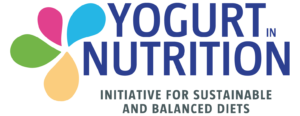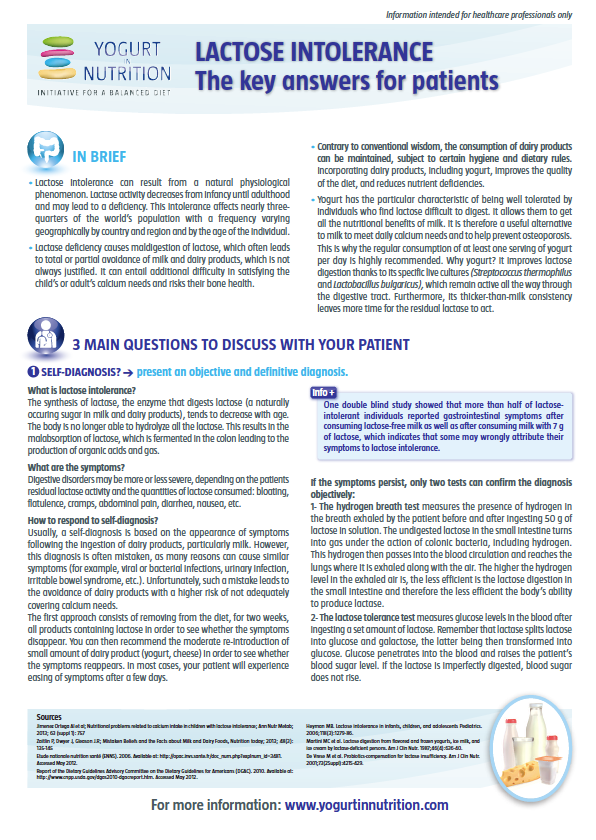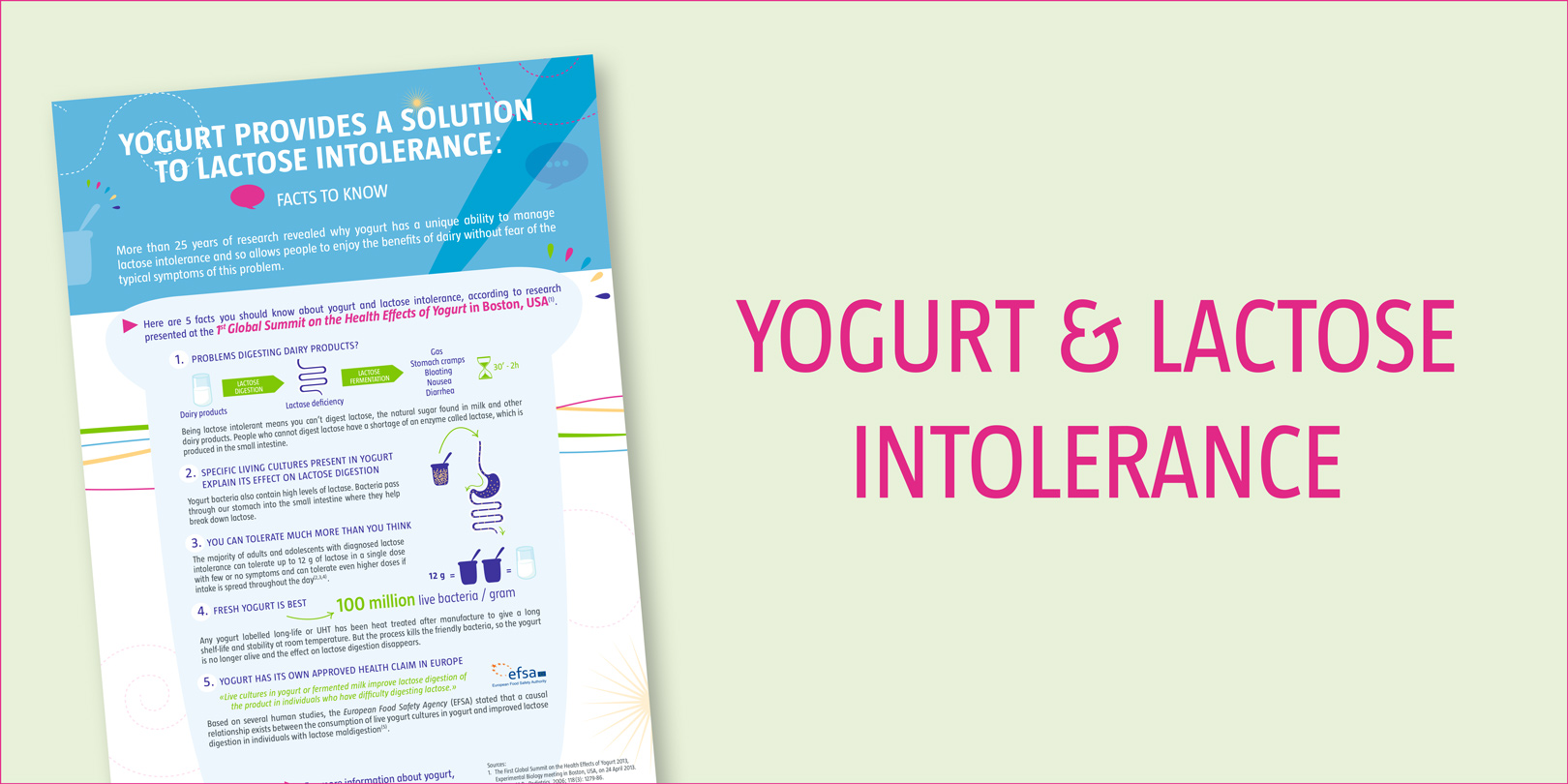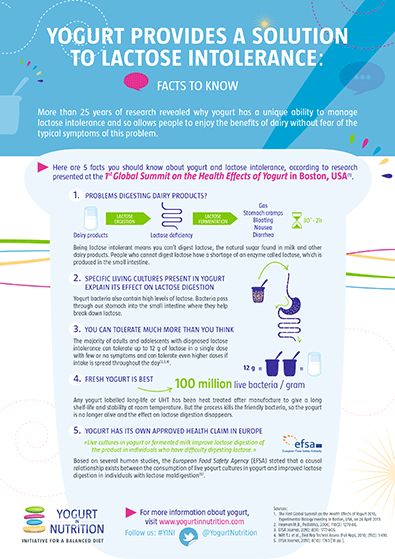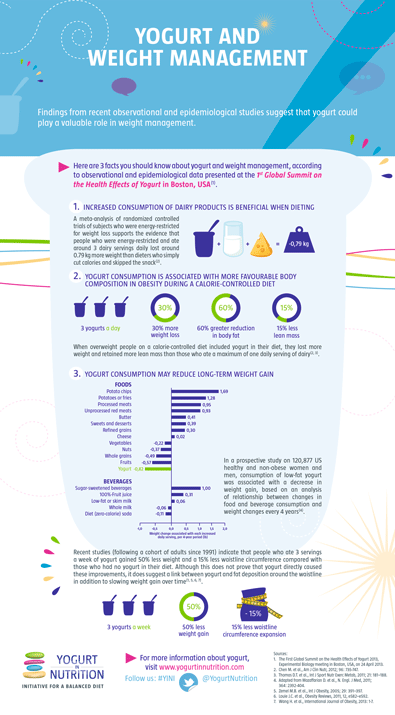Find out below what went on at this day devoted entirely to the science of dairy products and yogurt, which brought together almost 500 local health professionals.
Professor Andrew Prentice (of the International Nutrition Group at the London School of Hygiene & Tropical Medicine) opened the conference with a roll-call of the various dietary recommendations for dairy products around the world today. They revealed enormous diversity from region to region, however many international consultative bodies recommend consuming the equivalent of 400 to 500 ml of milk per day, a level which few population groups reach.
Prof. Prentice paid particular attention here to the mistaken views of patients who believe they are lactose intolerant. In reality this is very often not the case and wrongly diagnosed lactose intolerance can make it difficult for people to get the calcium they need and can jeopardise their bone health due to a lack of these essential nutrients brought by dairy products. In this context, eating yogurt offers an attractive alternative, since it makes it easier to digest lactose even among people who are lactose intolerant .
What impact do dairy products have on public health spending?
Professor Cyrus Cooper slideshow (University of Southampton) reminded us that demographic projections in Europe predict a 33% increase in the number of senior citizens over the next decade, which is likely to mean a growing number of cases of osteoporosis and bone fractures. Belgium is among the 20 countries with the highest incidence of hip fractures, which are becoming increasingly prevalent, affecting an estimated 20.4% of men and 5.7% of women. And this number of fractures is expected to continue to increase in Belgium, to an estimated 18.5% in 2025 (36.1% of men and 12.3% of women).
Sufficient calcium and vitamin D intake through dairy products could reduce these risks and their inherent costs. Recent data for three European countries (France, Sweden and the Netherlands) has shown, for example, that preventing broken hips in the over-50s through the consumption of dairy products (the equivalent of 650 mg of calcium per day for a very low cost, for example 64 eurocents in France) has a considerable economic impact on the associated health care services.
Yogurt and bone health
Professor René Rizzoli (bone disease division, Geneva University Hospital and Faculty of Medicine, Geneva) presented a literature review which demonstrated that consuming calcium throughout life, and even in the womb, improves bone density. Ageing is associated with a decrease in calcium intake due to a spontaneous drop in the consumption of dairy products, which are an important source of calcium and protein, as well as to less effective intestinal absorption. Pr Rizzoli slideshow also emphasised here that sufficient protein intake is just as vital for maintaining the function and integrity of skeletal muscle and bone.
In fact, for elderly people, protein deficiency may contribute to the occurrence of hip fractures since weak muscles and/or changes in the coordination of their movements may lead to more frequent falls. As for vitamin D, this plays a role in numerous physiological metabolic reactions; a lack of vitamin D is associated with a whole list of complaints. Thus by providing calcium, protein and vitamin D (when enriched), dairy products provide an efficient and inexpensive way of maintaining healthy, well-nourished bones and muscles as ageing progresses.
The anti-milk camp: distinguishing the truth from the lies
On the basis of numerous validated studies, slideshow of Dr Jean-Michel Lecerfof the Pasteur Institute in Lille took stock of the rumours surrounding milk today. According to his analysis, the currently available scientific data shows that there are much more benefits to consume dairy than to stop consuming them. In fact, as part of a balanced diet, dairy products can help to reduce the risk of onset of metabolic syndrome, type 2 diabetes, cardiovascular disease and strokes, as well as protect against a large number of chronic illnesses such as osteoporosis, muscular degeneration and bowel cancer.
Lactose intolerance is no reason to exclude dairy products from one’s diet, since patients can usually eat cheese, yogurt and consume small quantities of milk. Milk allergies are rare and dairy products are not responsible for diseases such as kidney stones, osteoarthritis and other forms of arthritis, osteoporosis, inflammatory bowel disease or acne, let alone multiple sclerosis. As for their role in prostate cancer, the latest report by the World Cancer Research Fund indicated that there was no link with the consumption of dairy products in normal doses (no more than 2 g calcium intake per day, which is very high).
Dairy products and a balanced diet
Edouard Clerfeuille (of CONUT.eu, Bures-sur-Yvette) closed the conference by introducing the subject of nutritional modeling (See his abstract here). The aim of designing individual diets is to come up with an optimal diet for every single member of the population that is both specific to the individual and nutritionally adequate. Applied in the French study INCA1, this model showed that people needed to consume more fruit and vegetable products, as well as more fish and dairy products, in order to reach a nutritionally adequate diet. In particular, milk and yogurt are not consumed in sufficient quantities by the French, which could be extrapolated to Belgium, where the situation is quite similar.
Belgians eat about two portions of dairy products a day, consisting of one portion of cheese and half a portion each of milk and yogurt. Encouraging the consumption of milk and yogurt till almost one portion of each (cheese, milk and yogurt) per day might help the Belgians get the calcium they need whilst limiting their consumption of saturated fatty acids.
